Big cats are among the most majestic creatures on earth, captivating us with their strength, agility, and mysterious allure. However, not all big cats are the same. Some thrive in the icy cold of the Siberian wilderness, while others bask in the sun-drenched savannas of Africa. Have you ever wondered why certain big cats are perfectly adapted to cold climates, while others prefer the heat? Join us as we explore the fascinating adaptations that enable these magnificent animals to thrive in such diverse environments.
The Role of Fur in Climate Adaptation
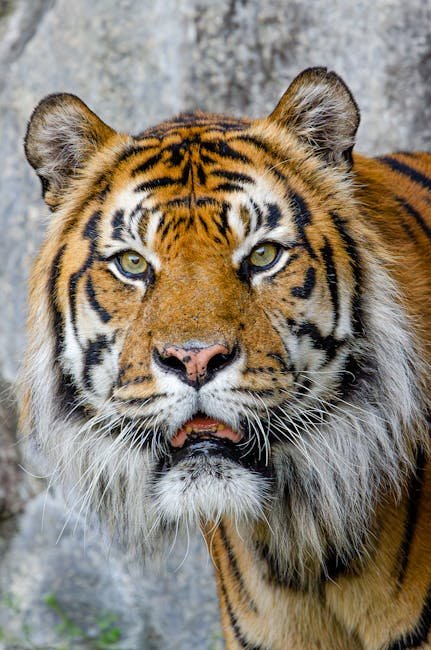
One of the most noticeable differences between big cats that thrive in cold climates and those that prefer heat is their fur. Cats like the Siberian tiger have dense, thick coats that act as insulation against the biting cold. This fur traps heat close to the body, much like how a good winter coat keeps you warm during a snowstorm. On the other hand, lions, which roam the scorching plains of Africa, have much shorter and lighter fur. This adaptation allows them to stay cool under the relentless sun. It’s a bit like choosing a light T-shirt for a day at the beach instead of a heavy jacket.
Body Size and Heat Regulation

Big cats in cold climates tend to be larger than their heat-loving counterparts. The Siberian tiger, for example, is one of the largest cat species in the world. Larger body sizes are beneficial in cold environments because they have a lower surface area to volume ratio, which helps to retain heat. Conversely, smaller cats like the cheetah are built for speed and efficiency in hot climates. Their lean bodies and long limbs dissipate heat quickly, similar to how a sprinter cools down after a race.
Behavioral Adaptations to Temperature
Behavior plays a crucial role in how big cats adapt to their environments. In cold climates, big cats might be more active during the day when it’s warmer, while in hot climates, they often become more nocturnal to avoid the midday heat. This is similar to how humans might choose to jog in the early morning or late evening during a heatwave. These behavioral adaptations ensure that big cats can maintain their energy levels while minimizing exposure to extreme temperatures.
Dietary Influences on Habitat Preference
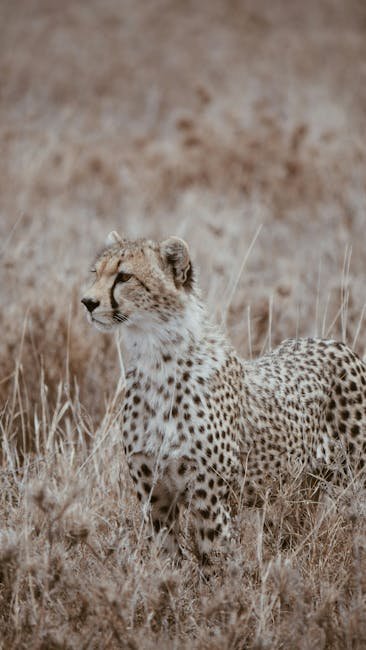
The availability of prey also influences where big cats choose to live. In colder regions, prey animals have thick fur and store more fat, providing a rich energy source for predators. This is advantageous for species like the Amur leopard, which needs high-energy meals to survive harsh winters. On the other hand, big cats in warmer climates, such as lions, hunt animals that are more abundant but less energy-dense, necessitating more frequent hunting expeditions. It’s akin to choosing between a hearty stew in winter and a light salad in summer.
Metabolic Differences Among Big Cats

Metabolism is another crucial factor that dictates whether a big cat thrives in a cold or hot environment. Cold-climate cats like the lynx have slower metabolisms, which helps them conserve energy during long, frigid winters. This is similar to how a car uses less fuel when idling. In contrast, big cats in hot climates often have faster metabolisms, allowing them to be more active and hunt more frequently. This is essential for maintaining their energy levels in the heat.
Genetic Factors and Evolutionary History
Genetics and evolutionary history play a significant role in determining a big cat’s preferred climate. Over thousands of years, natural selection has favored traits that enhance survival in specific environments. For instance, snow leopards have evolved to live in the cold, mountainous regions of Central Asia. Their genetic makeup includes adaptations for cold tolerance, such as larger nasal passages for warming cold air. Conversely, the African lion’s evolutionary path has honed its ability to thrive in the heat of the savanna.
The Importance of Paws and Claws
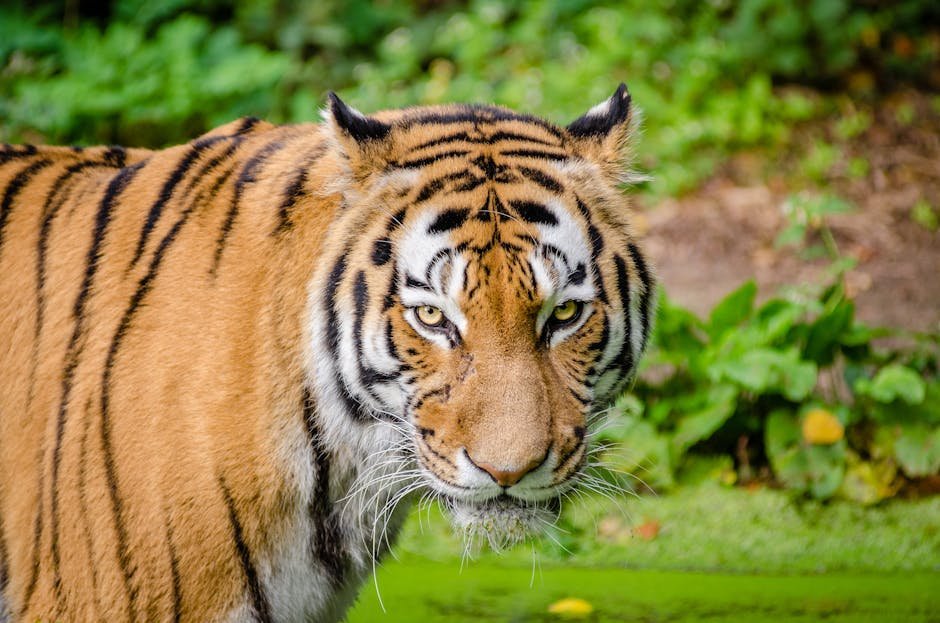
Paws and claws are vital for a big cat’s survival, and their design varies based on the climate. In cold climates, big cats have larger, fur-covered paws that act like snowshoes, distributing their weight and preventing them from sinking into deep snow. This adaptation is essential for stalking prey silently. In contrast, big cats in hot climates have smaller paws, which help them move swiftly across hard, dry terrain. Their retractable claws offer excellent grip for climbing trees or capturing prey.
Camouflage and Climate Adaptation
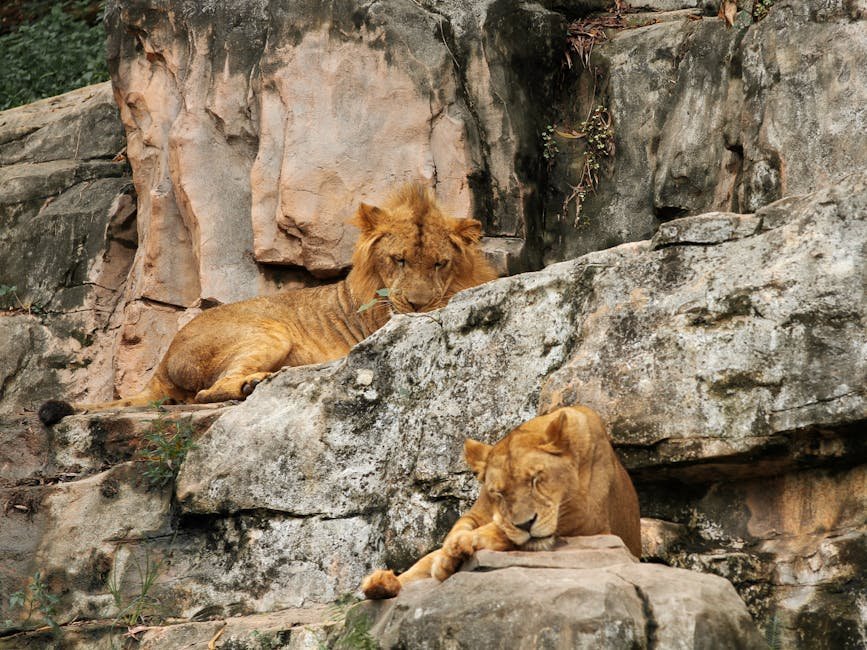
Camouflage is crucial for big cats, aiding in both hunting and avoiding detection by prey or rivals. In snowy environments, big cats like the snow leopard have pale, spotted coats that blend seamlessly with the rocky, snow-covered terrain. This adaptation is akin to wearing a white coat in a snowstorm to remain unseen. Meanwhile, big cats in hot climates, such as the jaguar, have coats with patterns that mimic the dappled sunlight filtering through the jungle canopy, making them almost invisible to prey.
The Influence of Water Availability
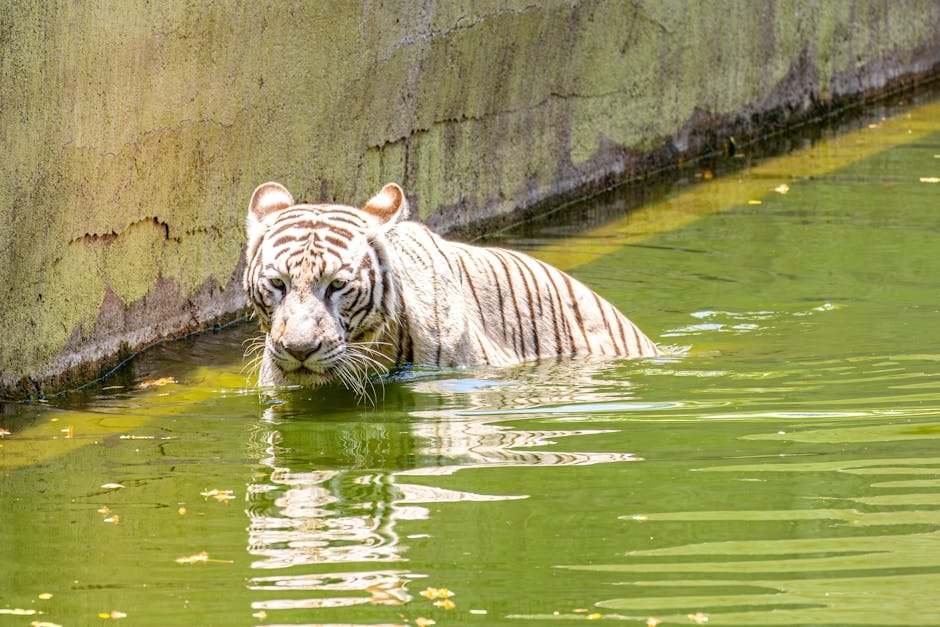
Water availability is a critical factor that influences big cat habitats. In hot climates, big cats often live near water sources to stay hydrated and cool. Tigers, for example, are excellent swimmers and frequently bathe to escape the heat. In contrast, big cats in cold climates may rely on snow as a water source. They have adapted to get their moisture from the prey they consume, much like how people rely on food for hydration in desert environments.
Impact of Human Activity on Big Cat Habitats

Human activity has significantly impacted where big cats can thrive. Deforestation, climate change, and urbanization have altered habitats, forcing big cats to adapt or move. In some cases, this has led to conflicts with humans as big cats encroach on human settlements in search of food and shelter. It’s a complex issue, much like trying to find a new home in a crowded city after your neighborhood is demolished. Conservation efforts are crucial to ensure that these majestic creatures continue to thrive in their natural habitats.
Adaptation to Seasonal Changes
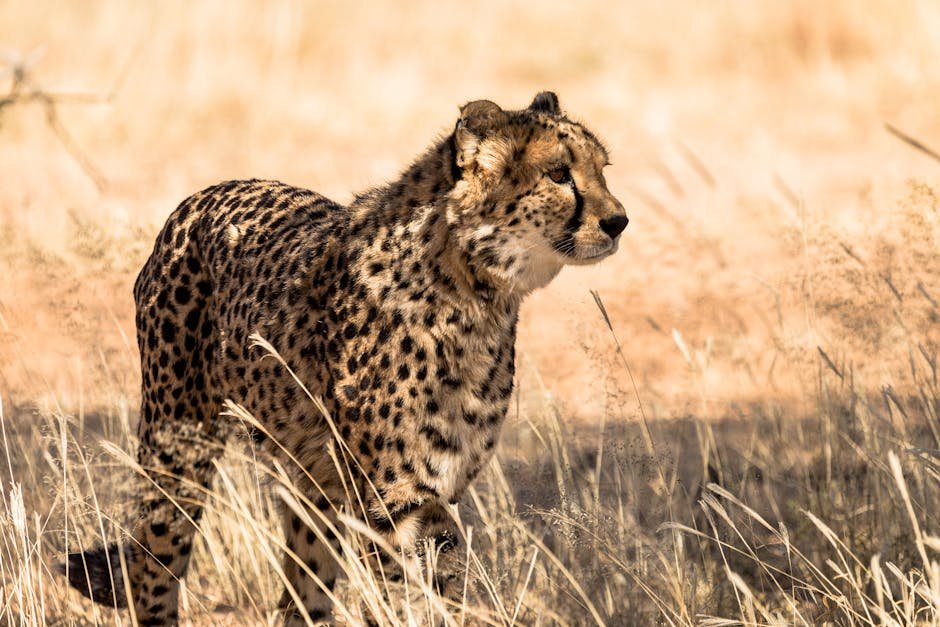
In regions with distinct seasons, big cats have developed adaptations to cope with the changing environment. For instance, the Canadian lynx grows a thicker coat in winter, shedding it in summer to stay comfortable. This seasonal adaptation is akin to humans switching wardrobes with the seasons. Similarly, big cats in hot climates may adjust their hunting and activity patterns to align with seasonal temperature fluctuations, ensuring they are always operating at peak efficiency.
Social Structures and Climate Adaptation
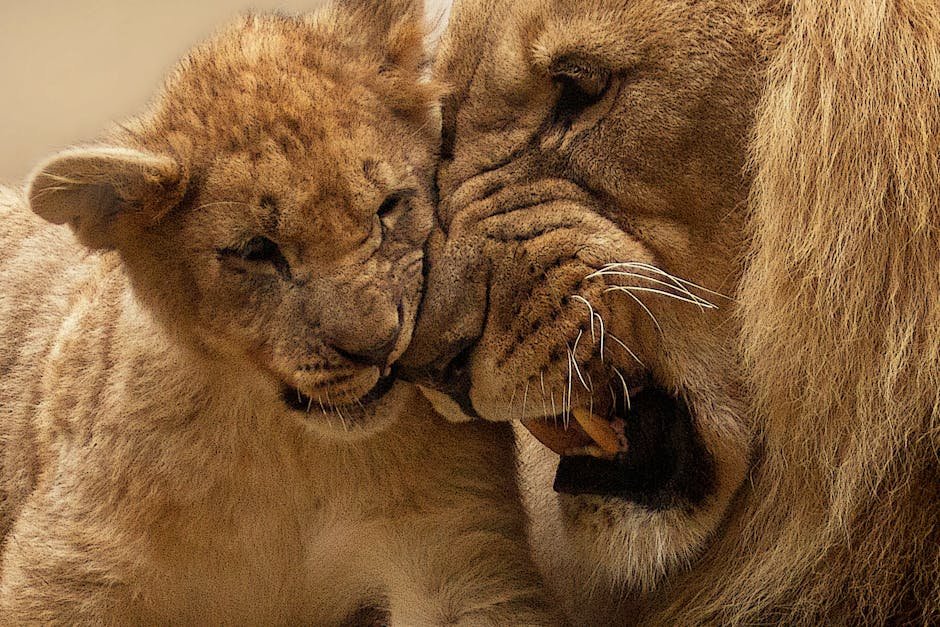
The social structures of big cats can also influence their adaptation to climate. Lions, for example, live in prides that offer protection and collaborative hunting strategies, which are advantageous in the open savannas. This social structure is much like a close-knit family working together to achieve a common goal. In contrast, solitary big cats like the snow leopard rely on stealth and individual prowess in the rugged, isolated terrains of their cold habitats.
The Role of Territory in Habitat Preference
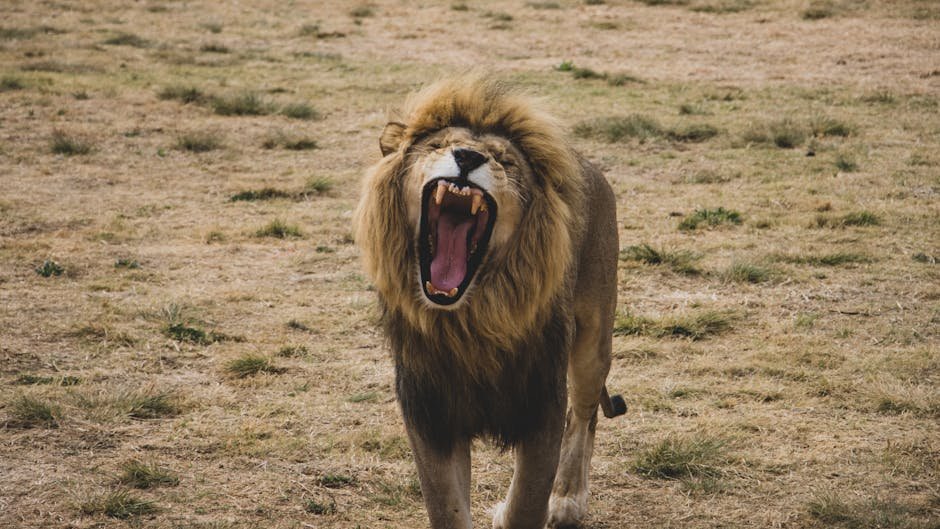
Territory plays a significant role in big cat habitat preference. Big cats in cold climates often have larger territories to ensure they have access to sufficient prey. This is similar to a farmer needing more land to sustain a larger herd. In hot climates, territories may be smaller but densely packed with resources, allowing big cats to thrive in a more constrained area. Territorial behavior ensures that big cats have the space and resources they need to survive.
Impact of Climate Change on Big Cats

Climate change poses a significant threat to big cats, altering the environments they depend on. Rising temperatures, shrinking ice caps, and changing weather patterns are forcing big cats to adapt to new conditions or face extinction. For example, the melting of Himalayan glaciers is reducing the snow leopard’s habitat, much like how a shrinking island forces its residents to relocate. Conservation efforts are crucial to mitigate the impact of climate change on these iconic species.
Big Cats and Human Culture
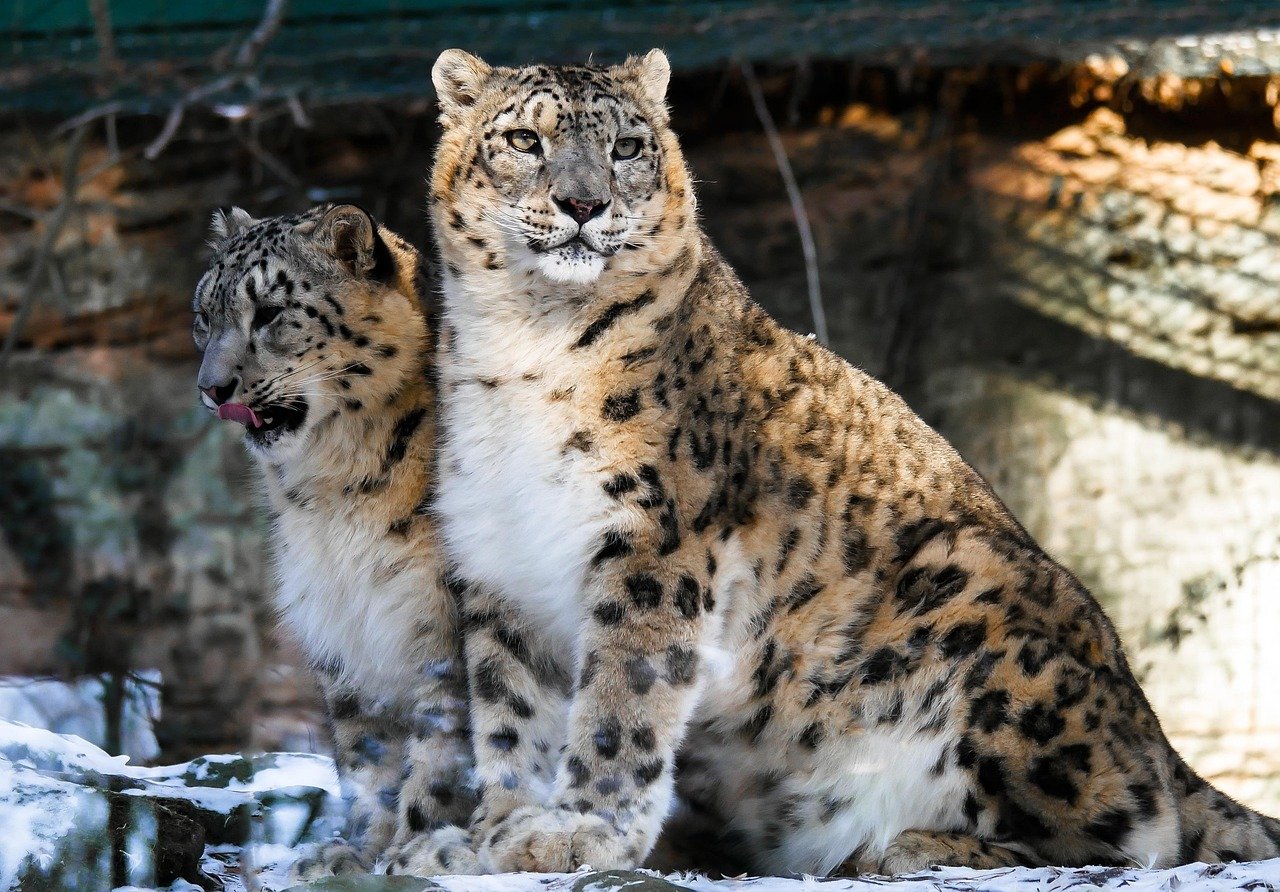
Big cats have long been a part of human culture, symbolizing strength, courage, and mystery. They appear in myths, literature, and art across the world, capturing our imagination with their beauty and power. This cultural significance underscores the importance of preserving big cats and their habitats for future generations. It’s like protecting a living piece of history, ensuring that the stories and legends of these magnificent creatures continue to inspire.
Conservation Efforts for Big Cats
Conservation efforts are essential to protect big cats and their habitats. Organizations around the world are working to preserve these majestic creatures through initiatives like anti-poaching measures, habitat restoration, and community engagement. These efforts are akin to a lifeline, providing hope and support for big cats facing the challenges of a changing world. By supporting conservation efforts, we can help ensure that these iconic animals continue to roam our planet.
The Future of Big Cats in a Changing World
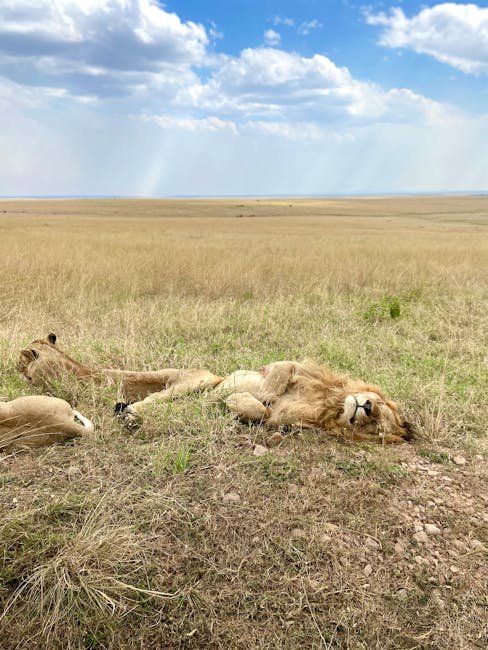
The future of big cats depends on our actions today. As we grapple with challenges like climate change and habitat loss, it’s crucial to find sustainable solutions that balance the needs of big cats with those of human populations. This delicate balance is much like walking a tightrope, requiring careful planning and cooperation. By working together, we can create a future where big cats continue to thrive alongside humans.
Why We Should Care About Big Cats

Big cats are more than just beautiful creatures; they play a vital role in maintaining the balance of ecosystems. As apex predators, they help regulate prey populations, ensuring the health and diversity of their habitats. This role is akin to a conductor leading an orchestra, ensuring that each section performs in harmony. By protecting big cats, we are also safeguarding the ecosystems they inhabit, benefiting countless other species.
Conclusion
In conclusion, the fascinating adaptations of big cats to various climates highlight the incredible diversity and resilience of these majestic creatures. From their fur and body size to their behavior and social structures, each adaptation tells a story of survival and evolution. As we continue to face environmental challenges, it’s more important than ever to protect these iconic animals and their habitats. By understanding and appreciating the unique ways in which big cats thrive in different climates, we can work towards a future where they continue to enchant and inspire us all.
Hi, I’m Bola, a passionate writer and creative strategist with a knack for crafting compelling content that educates, inspires, and connects. Over the years, I’ve honed my skills across various writing fields, including content creation, copywriting, online course development, and video scriptwriting.
When I’m not at my desk, you’ll find me exploring new ideas, reading books, or brainstorming creative ways to solve challenges. I believe that words have the power to transform, and I’m here to help you leverage that power for success.
Thanks for stopping by, Keep coming to this website to checkout new articles form me. You’d always love it!






